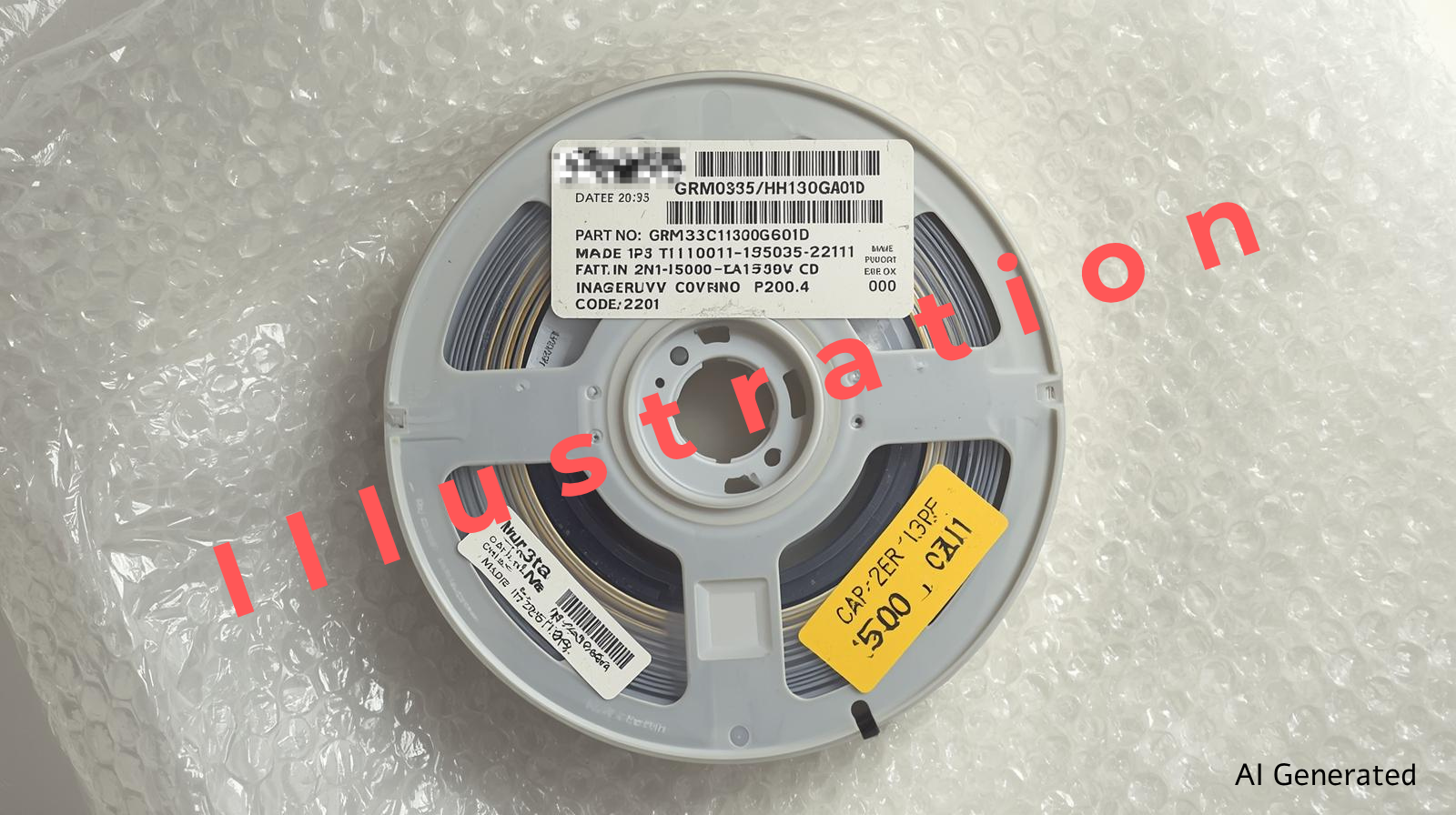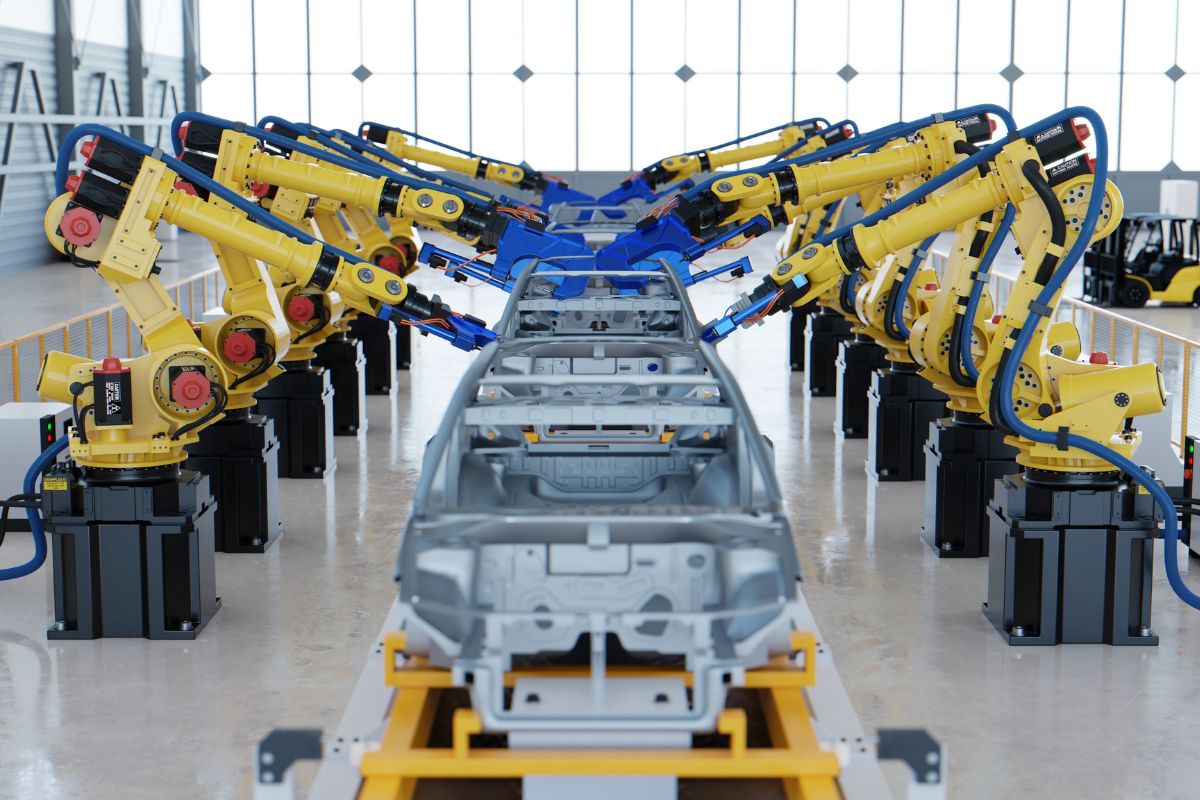As global supply chains grow more complex and threats become increasingly sophisticated, the manufacturing of electronic components faces a critical challenge securing the integrity of every component placed on a circuit board – and that of the fully assembled board. While the industry has long focused on software-level security and compliance with traceability protocols, a significant vulnerability remains unaddressed: the hardware itself.
Hardware-based cyberattacks, counterfeit components, and covert tampering during manufacturing and logistics are no longer hypothetical risks; they are real and documented threats capable of undermining entire systems. The reality is clear: conventional inspection methods and regulatory documentation alone are insufficient to protect against these evolving risks. What’s needed is a proactive, scalable approach that offers true component-level assurance.
The Shift from Reactive to Proactive Hardware Security
Traditional safeguards like sample-based inspections, traceability logs, or supplier certifications have long been the industry standard. However, these methods operate under assumptions that are increasingly outdated: that components are trustworthy once documented, that tampering is rare or easily visible, and that quality issues are the only real threat. Unfortunately, this is not the case.
Hardware-level attacks are often subtle and embedded. Microchips can be replaced, reprogrammed, or altered to include malicious code, bypassing all higher-level security mechanisms. Once such a component is deployed, detection becomes virtually impossible. These threats demand a new paradigm, one that brings the same level of rigor seen in software cybersecurity to the physical layer of electronics manufacturing.
This is where AI-powered visual inspection systems, like the one developed by Cybord, are changing the game.
Visual AI Inspection: Seeing What Others Miss
Cybord’s software solution introduces a comprehensive AI-driven inspection framework that enables real-time, non-intrusive verification of every component in production before and after it is mounted on a PCB.
The process starts with bottom-side inspection, which inspects each component image in real time as it’s captured by the pick-and-place machine, before the component is placed.. Advanced deep learning models analyze every image with millisecond speed to identify visual anomalies such as probe marks, body defects, or subtle inconsistencies that may indicate counterfeiting, unauthorized substitutions or tampering. This capability extends beyond human judgment, offering a systematic way to flag parts that deviate from the expected visual fingerprint even across variants from different manufacturers.
Once assembly is complete, top-side inspection reads and deciphers component markings — accurately interpreting manufacturers’ specific coding, conventions, and variations to ensure micro-traceability. Lastly, a full board inspection verifies that the final board matches the approved configuration. The advanced visual AI models compare the board’s layout against trained datasets to detect unauthorized changes, missing parts, added wires, piggybacked chips, or unexpected replacements. Even physical modifications performed during transit can be identified before the product reaches its end destination.

These capabilities don’t just detect threats, they prevent them from entering production in the first place.
Beyond Threat Detection: Enabling Accountability and Compliance
An often overlooked benefit of AI-driven inspection is its contribution to traceability and operational accountability. Cybord creates a complete digital record of every inspected component and board, offering manufacturers a forensic layer of visibility that enhances quality assurance, speeds up root-cause analysis, and supports regulatory compliance.
This is especially critical in sectors governed by stringent standards such as AS9011 (aerospace), ISO26262 (automotive), NIST, or IPC-A-610 and IPC-1782 (datacenters and telecoms and others). By verifying not only that a component appears valid but also that it matches approved manufacturer and lot data, Cybord ensures that supply chain documentation aligns with physical reality.
The result is not just higher security, but also improved process efficiency, fewer production defects, and reduced costs related to rework, warranty claims, or regulatory penalties.

From Risk to Resilience: Why Manufacturers Must Act Now
The increasing frequency of supply chain disruptions, counterfeit part infiltration, and cyber-physical threats means that manufacturers can no longer rely on probabilistic methods like sampling or paperwork. With attackers targeting the foundational hardware layer, every uninspected component becomes a potential liability.
Cybord’s visual AI platform offers manufacturers a real-time, automated, and highly scalable defense without disrupting existing workflows. It integrates directly into SMT lines, analyzes millions of components with sub-second latency, and delivers actionable insights via API. Cybord transforms quality assurance from a reactive bottleneck into a proactive shield.
Securing hardware integrity is no longer optional; it is essential. As the electronics industry navigates a new era of digital and physical threats, the adoption of AI-driven component inspection stands out as the most promising advancement in ensuring trust, transparency, and traceability across the supply chain.
For manufacturers looking to protect their products, their customers, and their reputations, the message is clear: now is the time to see what others can’t.




